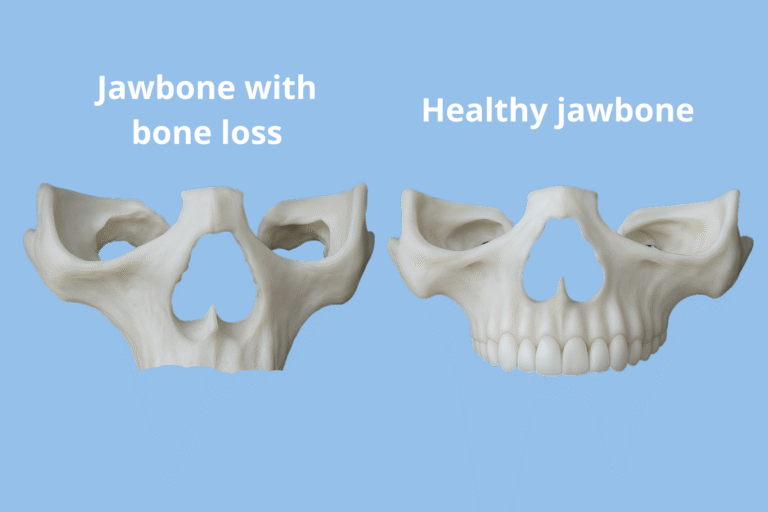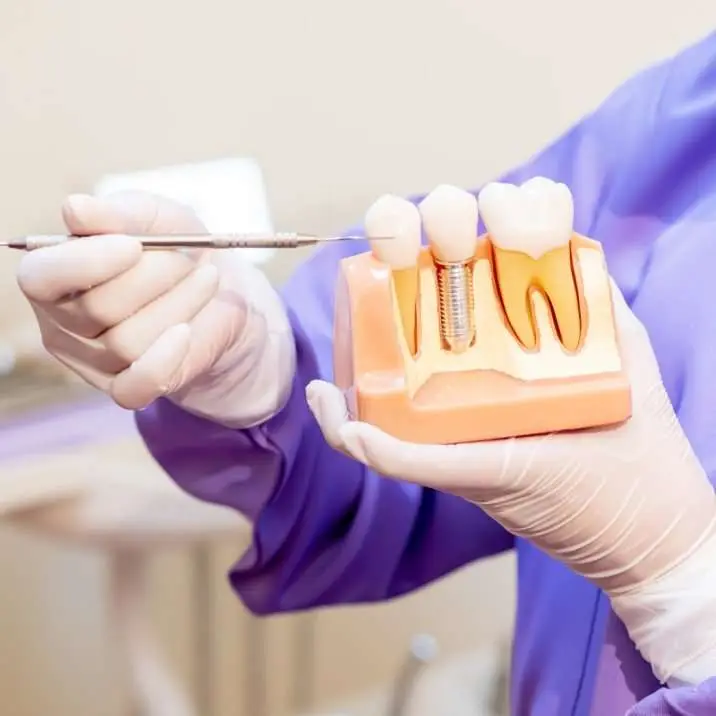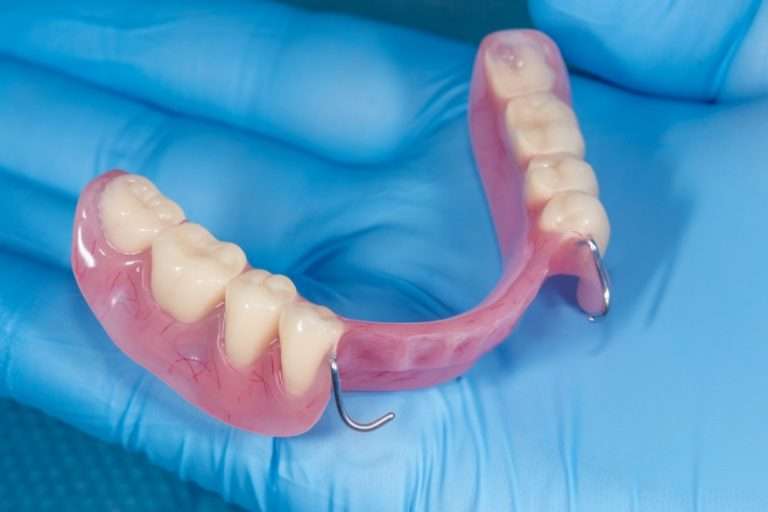颧骨植入物和ZAGA概念
欢迎阅读我们的颧骨种植信息指南。这种创新的治疗方法是专门为那些被告知 骨量不足而无法接受传统牙科植入物的患者设计的。如果您正在探索牙科植入物的选择,但由于 下颚骨缺失而面临挑战,颧骨植入物可能是适合您的解决方案。本指南将帮助您了解颧骨种植体如何为您的微笑提供可靠的替代方案。
我们使用科学研究数据和各种研究信息,您可以在 zagacenters.com.这有助于我们解释 ZAGA 技术如何 造福牙科患者。该技术为那些被告知不适合传统种植牙的患者或寻求改善牙科护理的患者提供了可靠的长期解决方案。
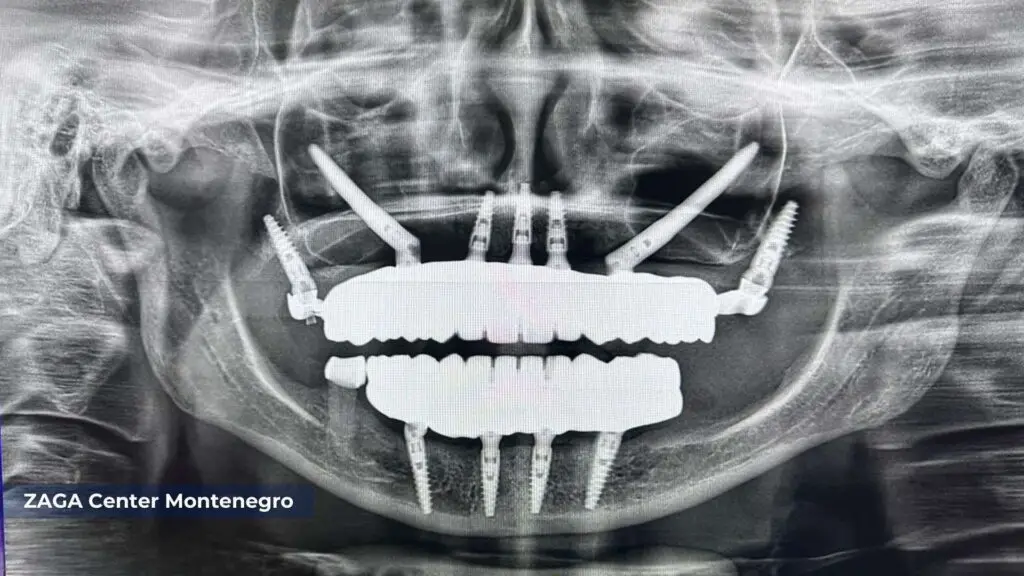
目录
了解严重的上颌骨萎缩
上颌骨严重萎缩是一种以上颌骨骨质大量流失为特征的严重疾病。发生这种情况的原因可能是长期缺牙、外伤、感染或骨质疏松症等疾病。这种严重的骨质退化不仅会影响患者的咀嚼、说话和保持面部美观的能力,还会使传统的种植体在支撑义齿方面面临极大的挑战。在许多情况下,上颌骨严重萎缩的患者会被告知,由于缺乏足够的骨结构,他们不适合接受传统的种植手术。了解这种情况的复杂性对患者和专业人士来说都至关重要,因为它为颧骨种植体等创新解决方案打开了大门。这些先进的治疗方法为全面口腔康复带来了新的希望,避免了骨移植的需要,为牙齿修复提供了稳定的基础。
颧骨移植的介绍
颧骨种植体为上颌骨严重萎缩的患者提供了一种突破性的解决方案,使其成为 颧骨种植体的理想候选者,从而在牙科领域掀起了一场革命。外科医生将颧骨种植体植入颧骨以获得支撑,然后将普通种植体植入颌骨。 这项技术为 牙齿修复确保 最佳的功能性和美观性。
颧骨种植体适用于 上颌骨不足以植入普通牙科植入物的人。将您的颚骨想象成花园中的土壤。
就像某些植物需要深厚的土壤才能生长良好一样,普通的牙科种植体也需要大量的骨骼来支撑。但如果土壤(或骨头)不够深呢?这就是颧骨种植体的用武之地。
颧骨种植体较长, 固定在颧骨而不是下颌骨上,稳定性更好。颧骨通常比上颌骨更坚固 ,深度 也更大 ,因此是这些植入物的良好基础。
下面是一个简单的分类:
- 传统种植牙:需要大量的颌骨来连接。
- 颧骨假体:不依赖颚骨深度。它们固定在颧骨上,为颚骨较少的人提供了一种解决方案。
颧骨种植体可以帮助没有足够骨量植入普通种植体的人获得固定牙齿。他们现在可以享受到拥有恒牙的好处。这就像在浅层土壤中种植一棵树,有了强有力的支撑,就有了稳定和生长的坚实基础。
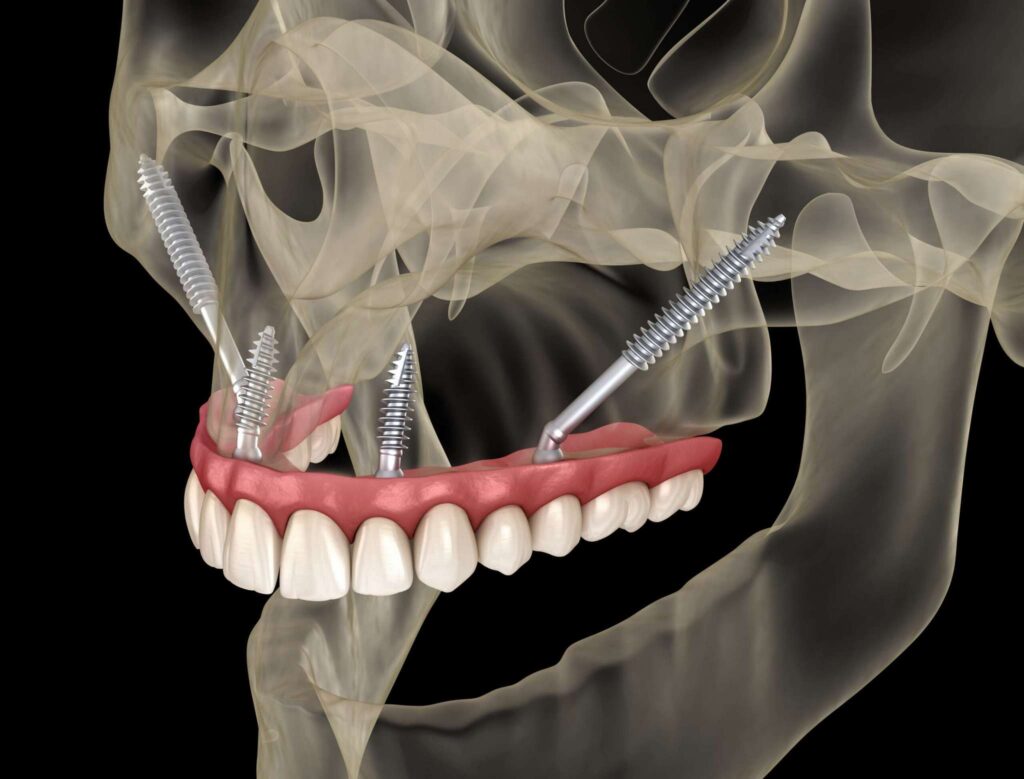
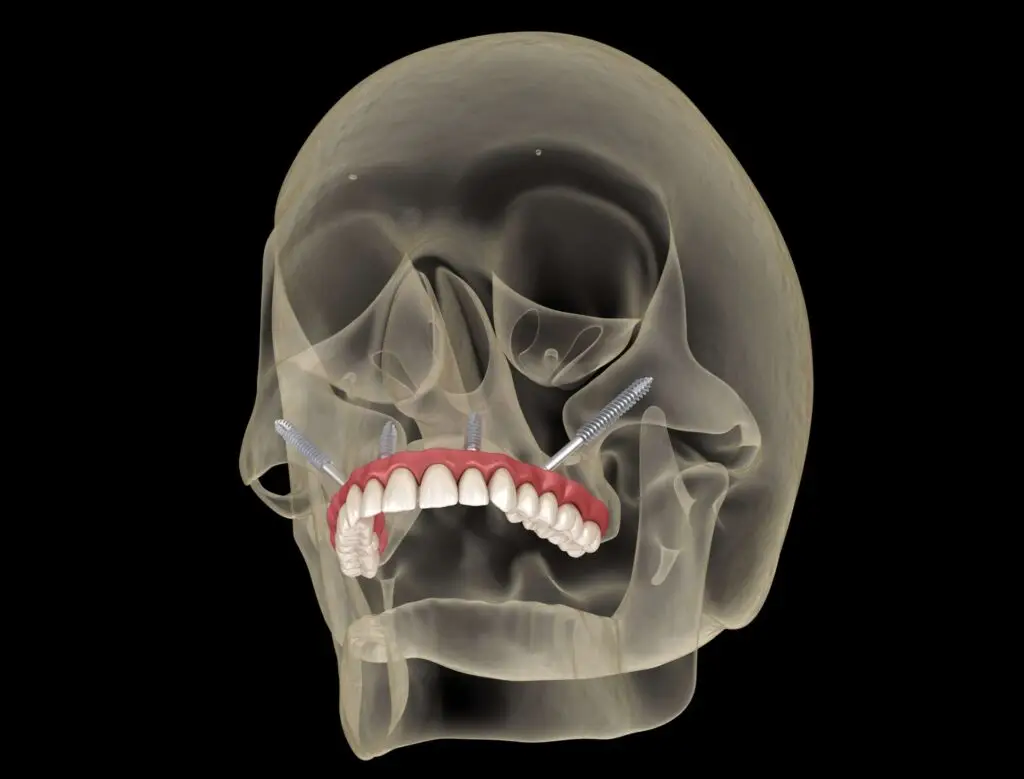
颧骨种植的好处
- 即时结果:颧骨植入体的主要优势之一是能够提供 即时功能.只需一次种植手术,颧骨种植体就能修复您的笑容。传统的种植体必须等待数月才能愈合,然后牙医才能为患者安装最后的修复体。虽然颧骨种植体支持即刻安装,但仍需要一段时间 进行骨结合,即 种植体与骨结合。这个过程对长期稳定性至关重要,通常需要几个月的时间,与传统种植体类似。不过,颧骨提供的初期稳定性可以让患者在这一整合期拥有功能性牙齿。 (1)
- 避免植骨:严重的上颌骨萎缩通常需要 大量的植骨手术 来增加颌骨。然而,颧骨种植体与颧骨相连,因此无需进行此类干预(2)。 这样既缩短了治疗时间,又避免了额外的外科手术,使治疗过程更方便、创伤更小。
- 严重的上颌骨萎缩会导致难以咀嚼和享用不同的食物.恢复咀嚼功能有助于解决这一问题,因为颧骨种植体可以提供强有力的支撑 、 帮助患者恢复正常进食。.
- 严重的上颌骨萎缩可能会导致面部凹陷这可能会降低人们对自己容貌的信心。颧骨种植体可以通过以下方式让你的脸看起来更好,让你更有自信修复您的笑容 并为您的面部提供结构支撑。 (4)
ZAGA技术:一种开创性的方法
- ZAGA 技术注重以患者为中心的护理。它将患者的需求放在首位,并考虑到他们的个体解剖结构。通过这种方法可以制定 个性化的治疗方案,从而提高治疗成功的几率。
- ZAGA 技术对颧骨种植体进行精心规划和安置。这确保了微创治疗 的 效果和 持久性。患者可以放心接受治疗。
- 手术更简单:ZAGA 技术 注重 每位患者的解剖结构,使手术不再那么复杂。这使得手术更快、更高效。
- ZAGA技术可减少颧骨种植手术的并发症。它考虑了骨骼和解剖因素,以降低出现问题的风险。该技术有助于 将 手术中可能出现的 潜在问题降至最低 。通过考虑这些因素, ZAGA 技术提高了手术的整体成功率和安全性。 (6)
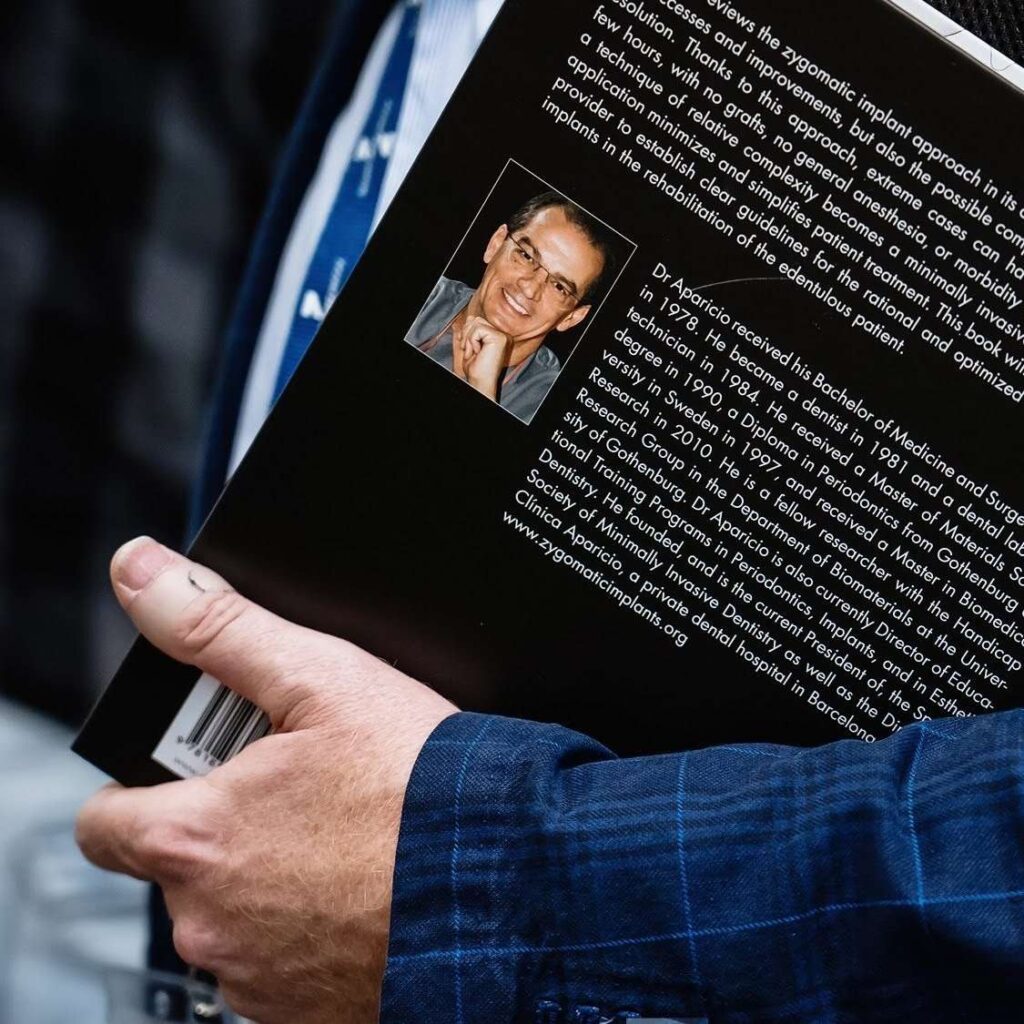
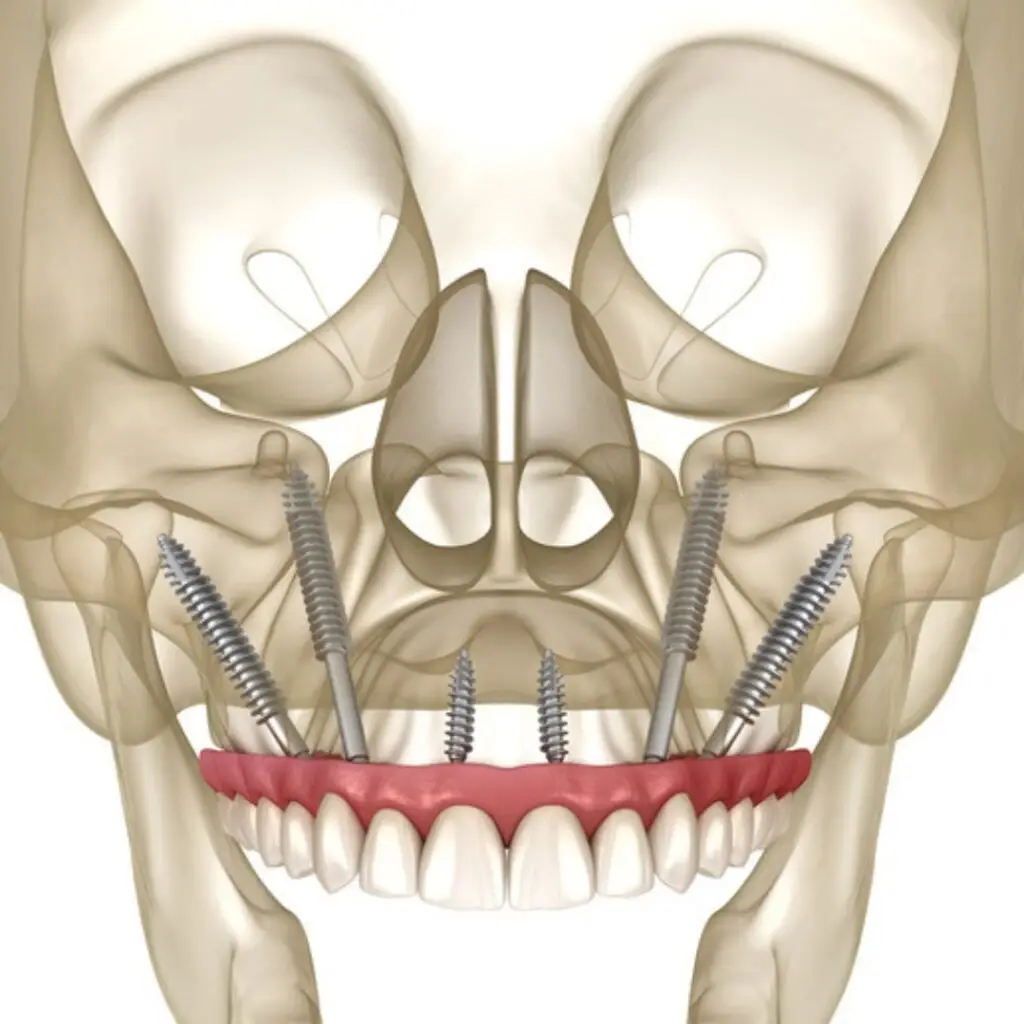
总结
- Aparicio, C., Dawood, A., Ucer, C. (2023). Zygomatic Implants. The ZAGA Concept. In: Rinaldi, M. (eds) Implants and Oral Rehabilitation of the Atrophic Maxilla. Springer, Cham.
- Solà Pérez A, Pastorino D, Aparicio C, Pegueroles Neyra M, Khan RS, Wright S, Ucer C. Success Rates of Zygomatic Implants for the Rehabilitation of Severely Atrophic Maxilla: A Systematic Review. Dent J (Basel). 2022 Aug 12;10(8):151.
- Aparicio, C., Polido, W.D., Chow, J. et al. Round and flat zygomatic implants: effectiveness after a 1-year follow-up non-interventional study. Int J Implant Dent 8, 13 (2022).
- Aparicio, C., Olivo, A., de Paz, V. et al. The zygoma anatomy-guided approach (ZAGA) for rehabilitation of the atrophic maxilla. Clin Dent Rev 6, 2 (2022).
- Aparicio C, López-Píriz R, Peñarrocha M. Preoperative Evaluation and Treatment Planning. Zygomatic Implant Critical Zone (ZICZ) Location. Atlas Oral Maxillofac Surg Clin North Am. 2021 Sep;29(2):185-202.
- Aparicio C, Polido WD, Zarrinkelk HM. The Zygoma Anatomy-Guided Approach for Placement of Zygomatic Implants. Atlas Oral Maxillofac Surg Clin North Am. 2021 Sep;29(2):203-231.
- Aparicio C, Polido WD, Chow J, David L, Davo R, De Moraes EJ, Fibishenko A, Ando M, Mclellan G, Nicolopoulos C, Pikos MA, Zarrinkelk H, Balshi TJ, Peñarrocha M. Identification of the Pathway and Appropriate Use of Four Zygomatic Implants in the Atrophic Maxilla: A Cross-Sectional Study. Int J Oral Maxillofac Implants. 2021 Jul-Aug;36(4):807-817.
- Clarós, P. & Końska, N. & Clarós-Pujol, P. & Sentís, J. & Clarós, Pedro & Penarrocha, Miguel & Aparicio, Carlos. (2021). Prevalence of maxillary sinus alterations after zygomatic surgery. A comparative study between intra-sinus and ZAGA approaches. Dentistry and Oral Maxillofacial Surgery.
- Aparicio C, López-Piriz R, Albrektsson T. ORIS Criteria of Success for the Zygoma-Related Rehabilitation: The (Revisited) Zygoma Success Code. Int J Oral Maxillofac Implants. 2020 Mar/Apr;35(2):366-378.
- Aparicio C, Antonio S. Zygoma Anatomy-Guided Approach “Scarf Graft” for Prevention of Soft Tissue Dehiscence Around Zygomatic Implants: Technical Note. Int J Oral Maxillofac Implants. 2020 Mar/Apr;35(2):e21-e26
- M PD, Jc BM, A FR, C A, D PO. Bone Regeneration and Soft Tissue Enhancement Around Zygomatic Implants: Retrospective Case Series. Materials (Basel). 2020 Mar 29;13(7):1577
- Aparicio C, Manresa C, Francisco K, Claros P, Alández J, González-Martín O, Albrektsson T. Zygomatic implants: indications, techniques and outcomes, and the zygomatic success code. Periodontol 2000. 2014 Oct;66(1):41-58.
- Aparicio C, Manresa C, Francisco K, Aparicio A, Nunes J, Claros P, Potau JM. Zygomatic implants placed using the zygomatic anatomy-guided approach versus the classical technique: a proposed system to report rhinosinusitis diagnosis. Clin Implant Dent Relat Res. 2014 Oct;16(5):627-42.
- Aparicio C, Manresa C, Francisco K, Ouazzani W, Claros P, Potau JM, Aparicio A. The long-term use of zygomatic implants: a 10-year clinical and radiographic report. Clin Implant Dent Relat Res. 2014 Jun;16(3):447-59.
- Aparicio, Carlos. (2011). A proposed classification for zygomatic implant patient based on the zygoma anatomy guided approach (ZAGA): a cross-sectional survey. European journal of oral implantology. 4. 269-75.
- Aparicio C, Ouazzani W, Aparicio A, Fortes V, Muela R, Pascual A, Codesal M, Barluenga N, Franch M. Immediate/Early loading of zygomatic implants: clinical experiences after 2 to 5 years of follow-up. Clin Implant Dent Relat Res. 2010 May;12 Suppl 1:e77-82.
- Aparicio C, Ouazzani W, Aparicio A, Fortes V, Muela R, Pascual A, Codesal M, Barluenga N, Manresa C, Franch M. Extrasinus zygomatic implants: three year experience from a new surgical approach for patients with pronounced buccal concavities in the edentulous maxilla. Clin Implant Dent Relat Res. 2010 Mar;12(1):55-61.
- Aparicio C, Ouazzani W, Hatano N. The use of zygomatic implants for prosthetic rehabilitation of the severely resorbed maxilla. Periodontol 2000. 2008;47:162-71.
- Aparicio C, Rangert B, Sennerby L. Immediate/early loading of dental implants: a report from the Sociedad Española de Implantes World Congress consensus meeting in Barcelona, Spain, 2002. Clin Implant Dent Relat Res. 2003;5(1):57-60.
- Aparicio C, Ouazzani W, Garcia R, Arevalo X, Muela R, Fortes V. A prospective clinical study on titanium implants in the zygomatic arch for prosthetic rehabilitation of the atrophic edentulous maxilla with a follow-up of 6 months to 5 years. Clin Implant Dent Relat Res. 2006;8(3):114-22.
- Carlos Aparicio, MD, DDS, DLT, MS/Per-lngvar Brånemark, MD, PhD/Eugene E. Keller, DDS, MSD/Jordi Olivé, MD, DDS, DUPMF. Reconstruction of the Premaxilla With Autogenous lliac Bone in Combination With Osseointegrated Implants. International Journal of Oral & Maxillofacial Implants. Volume 8 , Issue 1. January/February 1993. Pages 61-67
什么是颧骨植入物?
颧骨种植体为颌骨不足或无骨的患者提供了突破性的解决方案,从而彻底改变了牙科医学。
颧骨植入体是如何工作的?
在颧骨修复中,外科医生将植入体植入颧骨,为牙齿修复提供稳定的基础。
颧骨植入体有哪些优点?
颧骨种植体的主要优势之一是能够提供即刻功能。只需一次牙科植入手术,颧骨植入体就能修复您的笑容。
什么是 ZAGA 技术?
ZAGA技术是颧骨种植学的一种开创性方法。 Zygoma 解剖导向法 "是一种通过个性化设计来适应每位患者独特解剖结构的治疗方法。
ZAGA 技术如何提高成果?
ZAGA 技术注重以患者为中心的护理。它优先考虑患者的需求,并考虑到他们各自的解剖结构。

